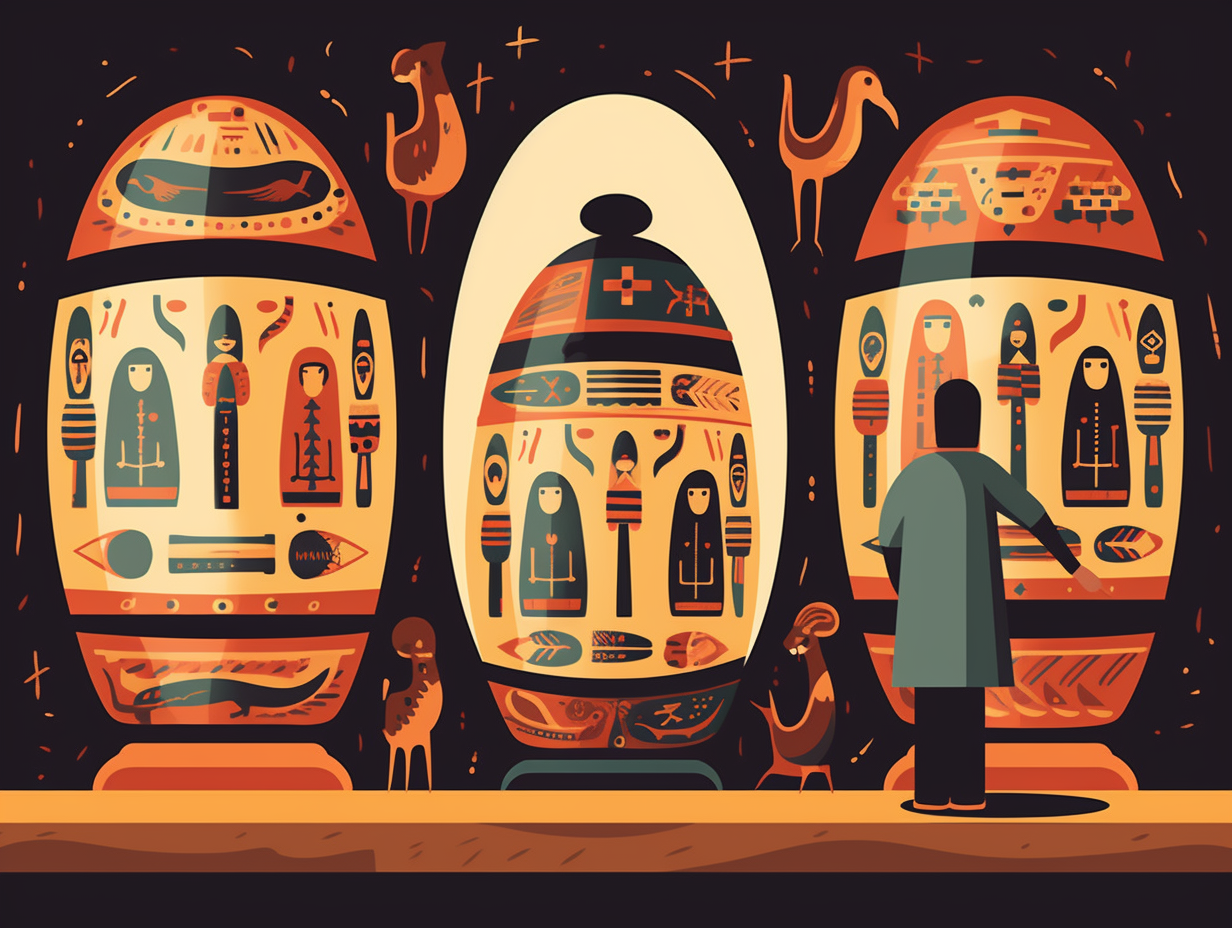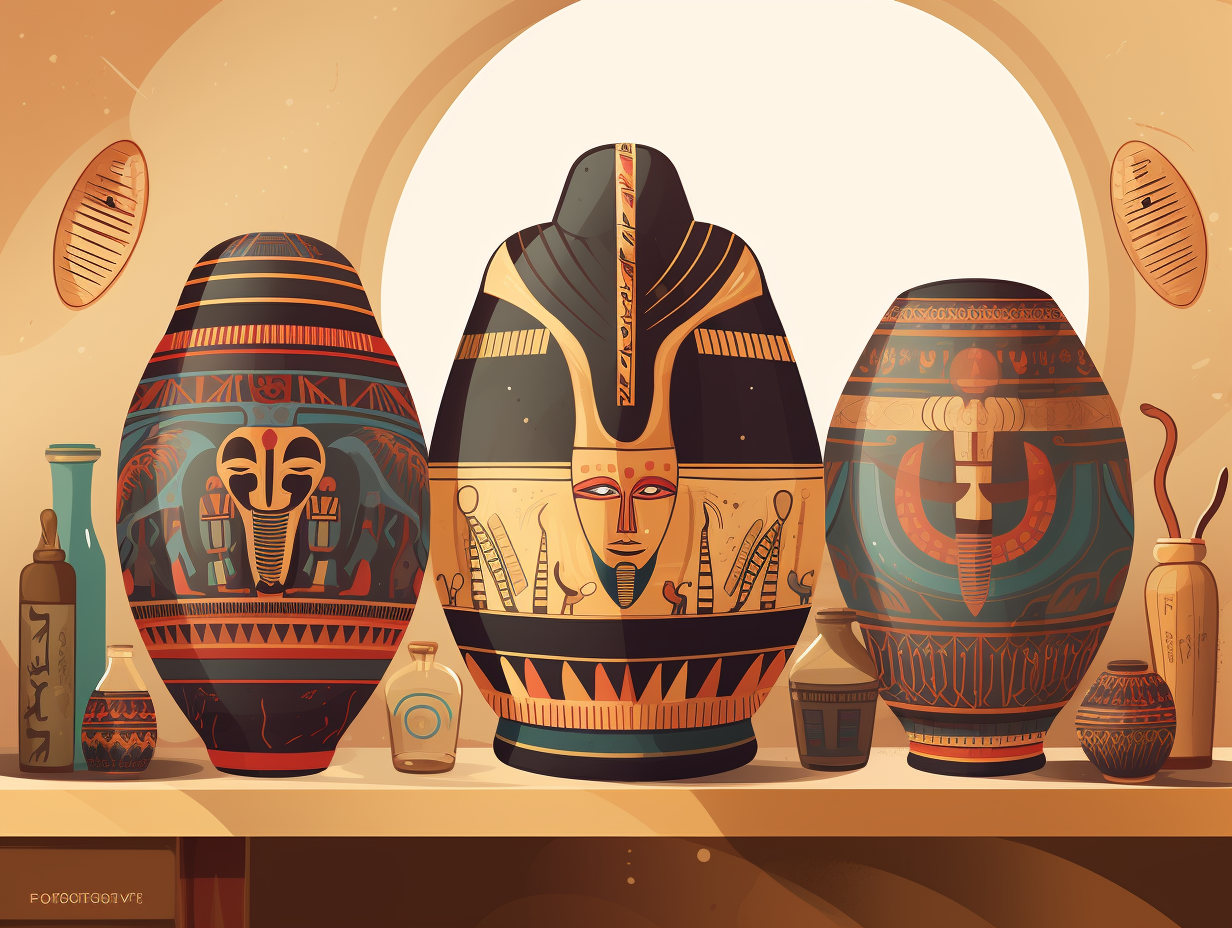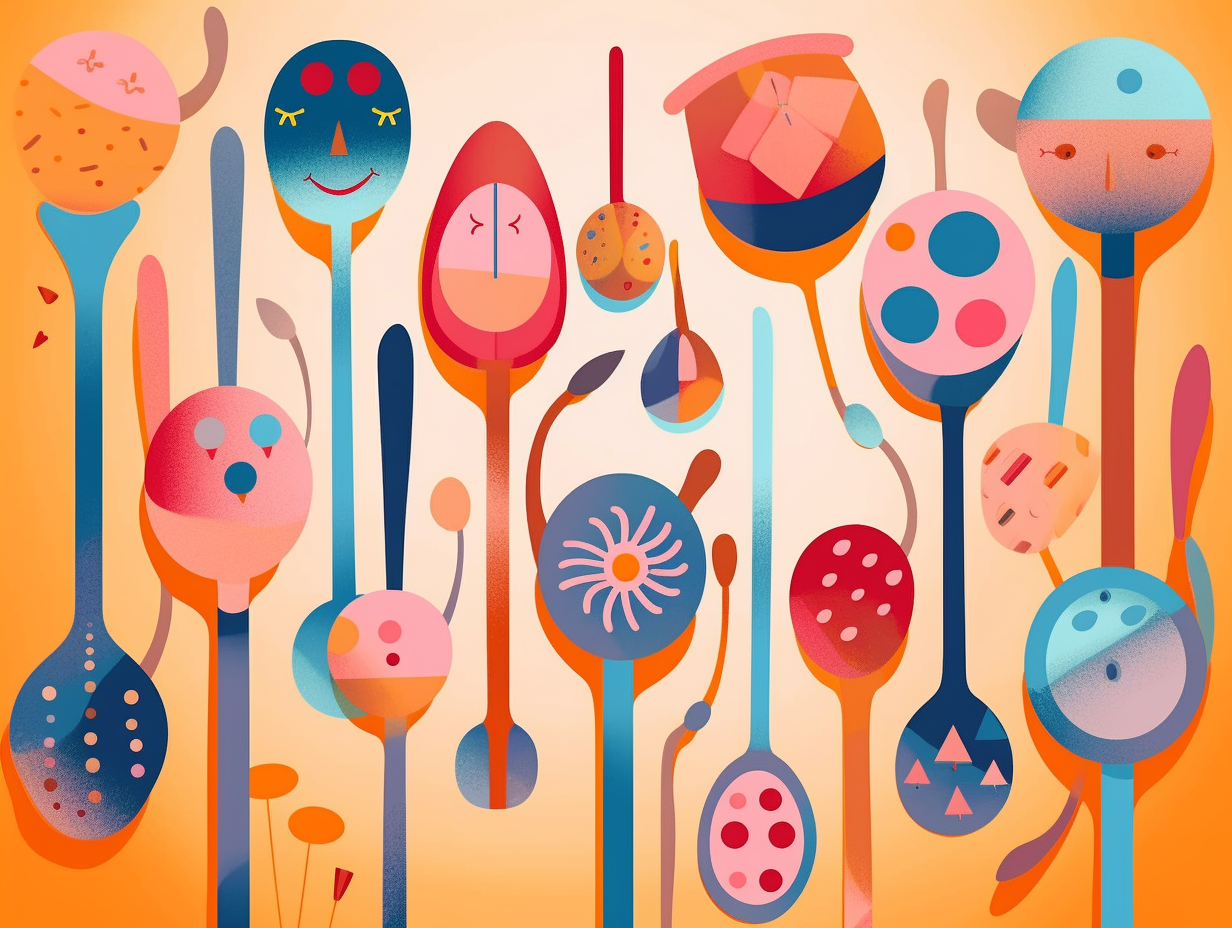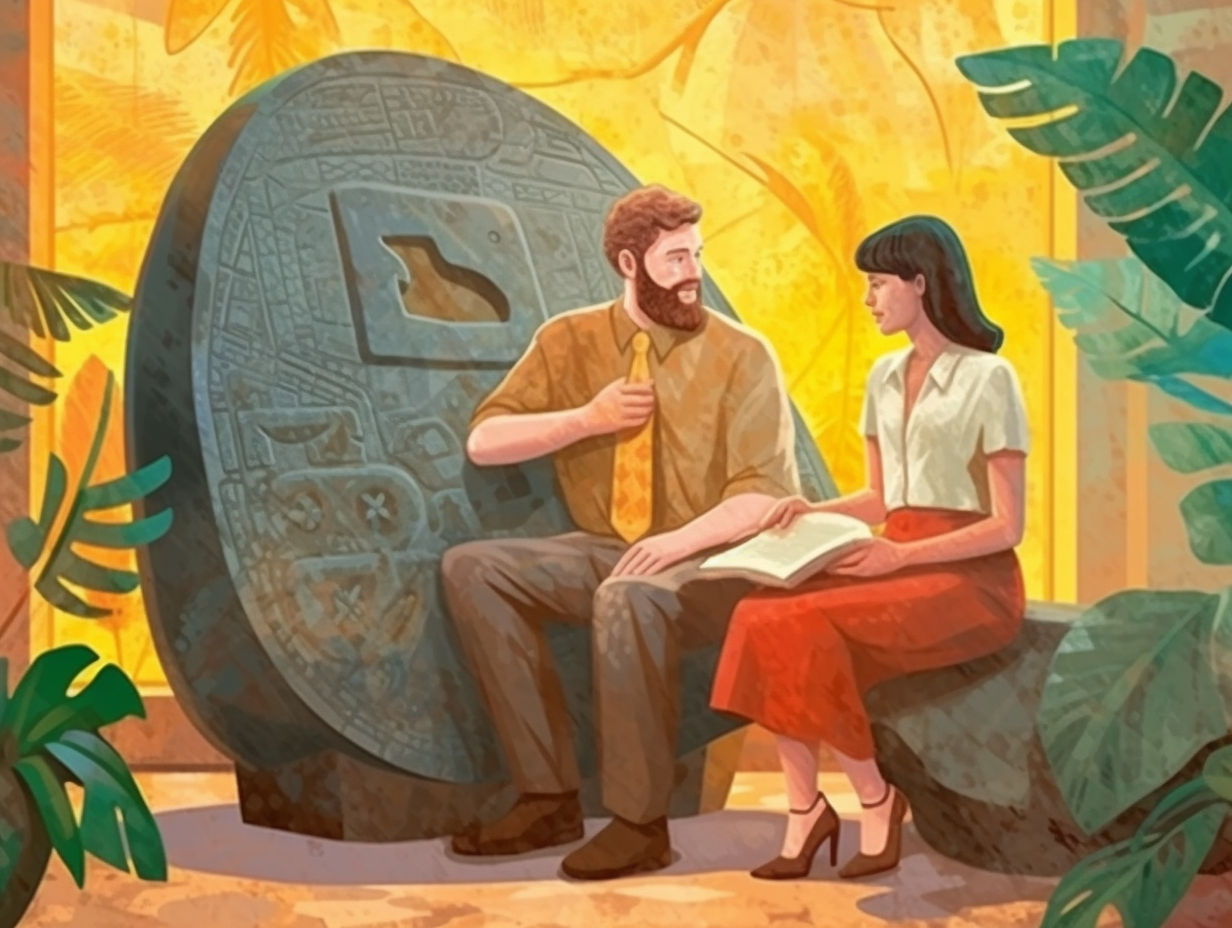Discover the Secrets: Top 11 Fun Facts About Canopic Jars You Never Knew

1. Organ-izing Committee for the Afterlife
If ancient Egyptians had an Organ-izing Committee for the afterlife, you could bet canopic jars would be their prized members: These jars were crucial for successful mummification, each protecting one of four vital organs—lungs under the watch of Hapy, liver guarded by Imsety, stomach secured by Duamutef, and intestines in the safekeeping of Qebehsenuef—ensuring the deceased could navigate the afterlife at full power.
Source => metmuseum.org
2. Heartless Canopic Jars
Feeling a bit "offal" and need a laugh? Ancient Egyptians had you covered - just not with the heart: Did you know that canopic jars, used for organ storage during mummification, excluded the heart since it was seen as the soul's residence? The four jars were specifically reserved for the intestines, lungs, liver, and stomach. By the Nineteenth Dynasty, their lids even portrayed the sons of Horus – gods of the cardinal compass points – ensuring extra organ protection through a goddess bodyguard!
Source => en.wikipedia.org

Did you know the first metal coins were made from electrum, a natural alloy of gold and silver? Discover how ancient Greeks and Lydians rocked the world of metallic alchemy and shaped the future of currency!
=> Fun Facts about Coins
3. King Tut's Gut Feeling
When King Tut had a gut feeling that things went south, his organs didn't "jar" around in his tomb: Tutankhamun's four alabaster canopic jars housed his internal organs, each with a lid representing one of the four sons of Horus, while being safeguarded by statues of the goddesses Neith, Selkis, Isis, and Nephthys.
Source => historymuseum.ca
4. Ancient Tupperware Party
Talk about an ancient Tupperware party: Canopic jars were adorned with exquisite designs and hieroglyphs, which helped guide and protect the dearly departed in the great beyond. Topped with the four sons of Horus as lids, these premier containers held their organs safe and sound during the mummification process.
Source => metmuseum.org

5. Lids Evolution
Hold onto your lids, folks: The earliest canopic jars were plain janes, sans the charismatic noggins of the four sons of Horus! It wasn't until the Middle Kingdom rolled out their decorative upgrades that these funerary Tupperwares donned human heads, eventually leveling up to the famous Horus' sons look during the New Kingdom.
Source => tripsinegypt.com
6. Heartbreak Hotel, Egyptian Edition
Heartbreak hotel, Egyptian edition: contrary to popular belief, canopic jars didn't store the broken hearts of lovesick pharaohs but were actually used to preserve the stomach, intestines, lungs, and liver during the mummification process, with each organ guarded by one of the four sons of Horus.
Source => en.wikipedia.org
7. Deity-themed Lids Store
When you're queuing up at your favorite deity-themed lids store, checking out the latest fashions and deals, don't forget to pick up a set of ancient Egyptian canopic jar lids – four heads are better than one: Each lid of a canopic jar represented a different god and unique symbols, denoting the organ it was protecting, such as the baboon-headed god Hapi for the lungs or the human-headed god Imsety for the liver, all in the name of stylishly safeguarding the dearly departed's vital bits for the afterlife.
Source => en.wikipedia.org
8. Party in a Jar
Can you organ-ize a party in a jar? Because ancient Egyptians sure can-opic: Surprisingly, many ancient canopic jars weren’t actually used to store organs, but were part of empty burial rituals, with only four specific jars designed later on to hold viscera, and the heart left cozily inside the body!
Source => en.wikipedia.org
9. Egyptian Tupperware Twist
Canopic jars: the ancient Egyptian equivalent of Tupperware containers you refuse to throw away, empty and useless. The twist: many Old Kingdom canopic jars were indeed found empty and damaged, suggesting they were for burial rituals only, not organ storage, contrary to popular belief. However, during later periods like the New Kingdom, they evolved into storage for specific organs!
Source => en.wikipedia.org

10. Roommate Storage Wars
If you ever thought your roommate was bad at sharing storage space, ancient Egyptians took it to another level with their amusingly stylish canopic jars: These fancy containers were used to hold the mummified person's organs, such as lungs, liver, intestines, and stomach, while the heart remained cozied up inside the mummy and the brain was tossed out like last week's leftovers.
Source => storiesfromthemuseumfloor.wordpress.com
11. Organ Keeping Fresh with Canopic Jars
Who needs Tupperware when you've got Canopic Jars? These ancient Egyptian organ containers really knew how to keep things fresh: Detailed with the heads of four sons of Horus, each jar protected different mummified organs– Hapy's baboon head for lungs, Imsety's human form for the liver, Duamutef's jackal visage for the stomach, and Qebhsenef's hawk-like appearance for intestines–showcasing the craftsmanship and spiritual beliefs of a rich and fascinating culture.
Source => memphistours.com






